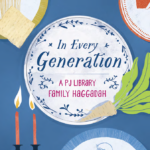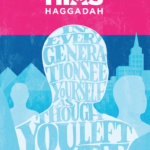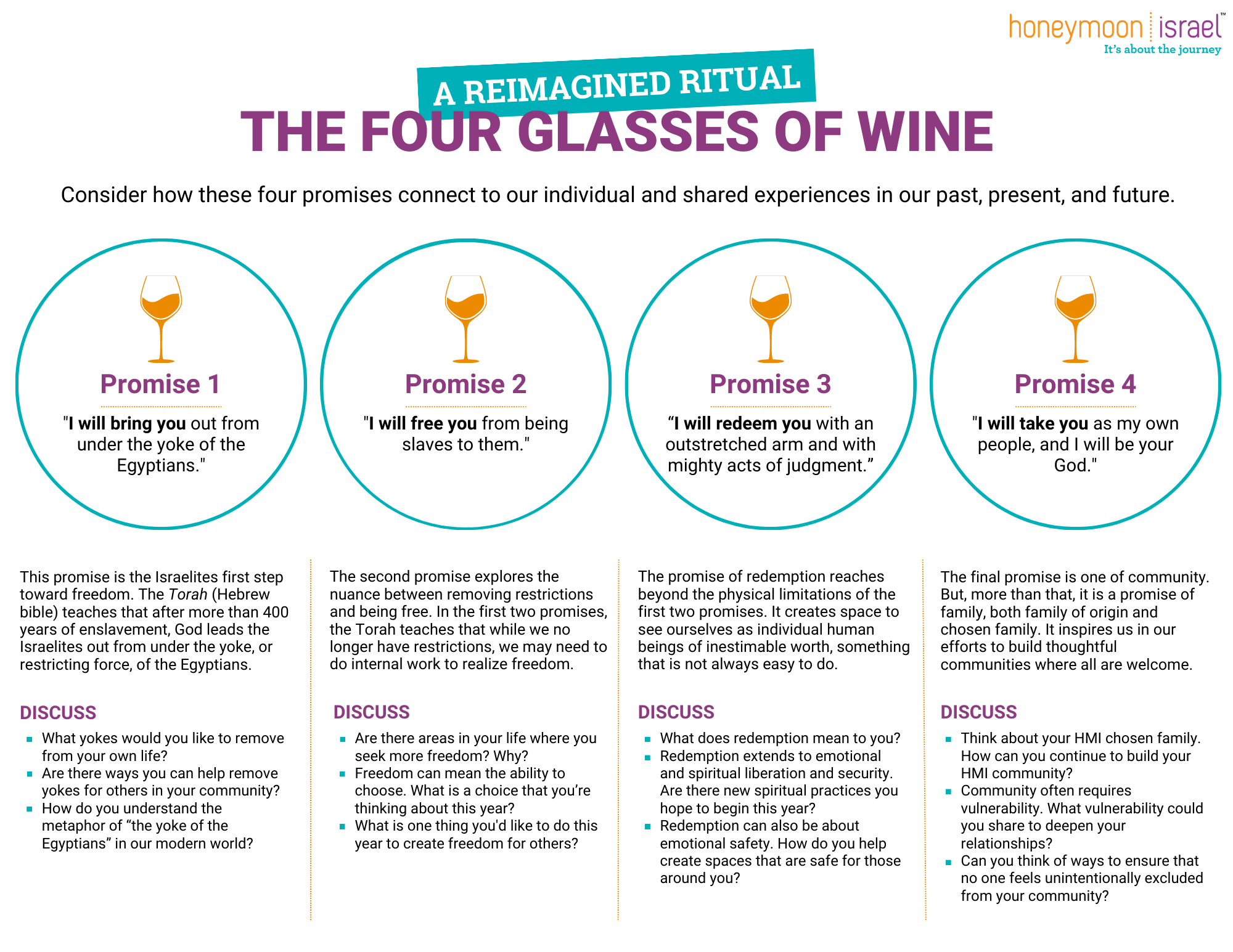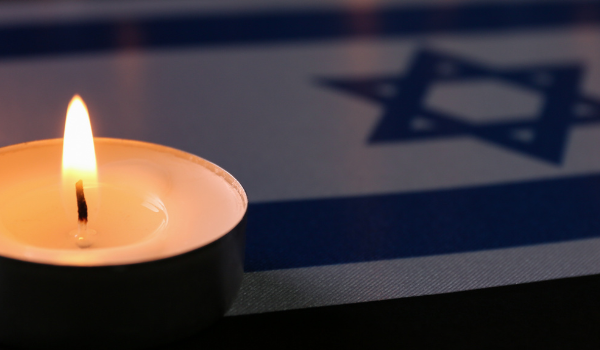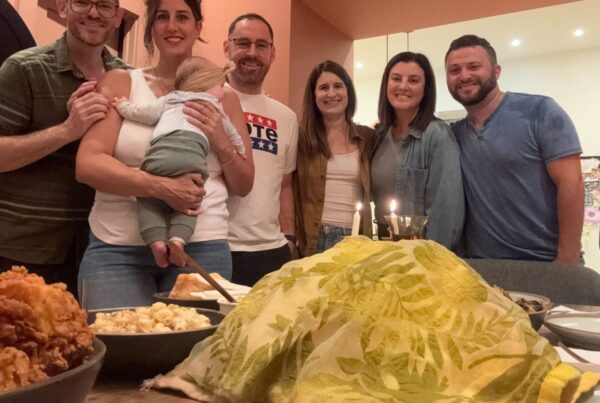The Jewish holiday of Passover (in Hebrew, Pesach) commemorates the exodus of the Jews from slavery in Egypt. You could say it’s kind of a big deal. But planning your Passover celebration doesn’t have to be!
This year, Passover begins the evening of Saturday, April 12 and ends the evening of Sunday, April 20. To celebrate, there is traditionally a seder on the first and second nights, but like many things in Judaism, that’s flexible.
And here at Honeymoon Israel, we’re all about flexibility and helping you “do Jewish” in your own way. That’s why we’ve put together some Passover goodies for you! Whether you’re looking to host a traditional Passover seder or want an alternative Passover experience, we hope our Passover planning resources will help you think through what aspects of the holiday mean the most to you as you prepare. Chag Pesach Sameach (Happy Passover!)
Got any questions – about a seder or anything else? Feel free to send us a note at askarabbi@honeymoonisrael.org – our two friendly student rabbis are always happy to listen and help point you in the right direction.
PASSOVER ALUMNI MICRO GRANTS
At HMI, we’re all about encouraging you to make Judaism your own, so we want to support you in celebrating Passover in a way that feels right for you by providing two Alumni Micro Grant options! Passover grants are limited to one per household so please choose the one that would be most meaningful for you.
Grant #1: Host a Passover Seder (or Party!) Your Way
The Jewish holiday of Passover (or Pesach in Hebrew, pronounced “pay-sach”) commemorates the Exodus of the Jewish community from slavery in Egypt. It is a celebration of freedom, resilience, and community that is often marked by a seder, a festive meal filled with storytelling and symbolic foods. A seder is made up of three main parts:
- Retelling the story of the Israelites’ exodus from Egypt
- Eating symbolic foods (like matzah, or unleavened bread)
- Grappling with questions and stories of freedom
Passover has always been a home-based holiday, centered around sharing stories and traditions with loved ones. This creates a perfect opportunity for you to get creative, invite your HMI family, and bring Jewish traditions into your very own home. If you choose to host your own Passover seder, HMI will reimburse you up to $10/HMI alumni in attendance.
Not sure where to start? Check out HMI’s handy Guide to Curating Your Own Passover Experience to think through, step-by-step, the process of creating your seder. Traditional seder not your vibe? Click here for more seder inspiration and resources!
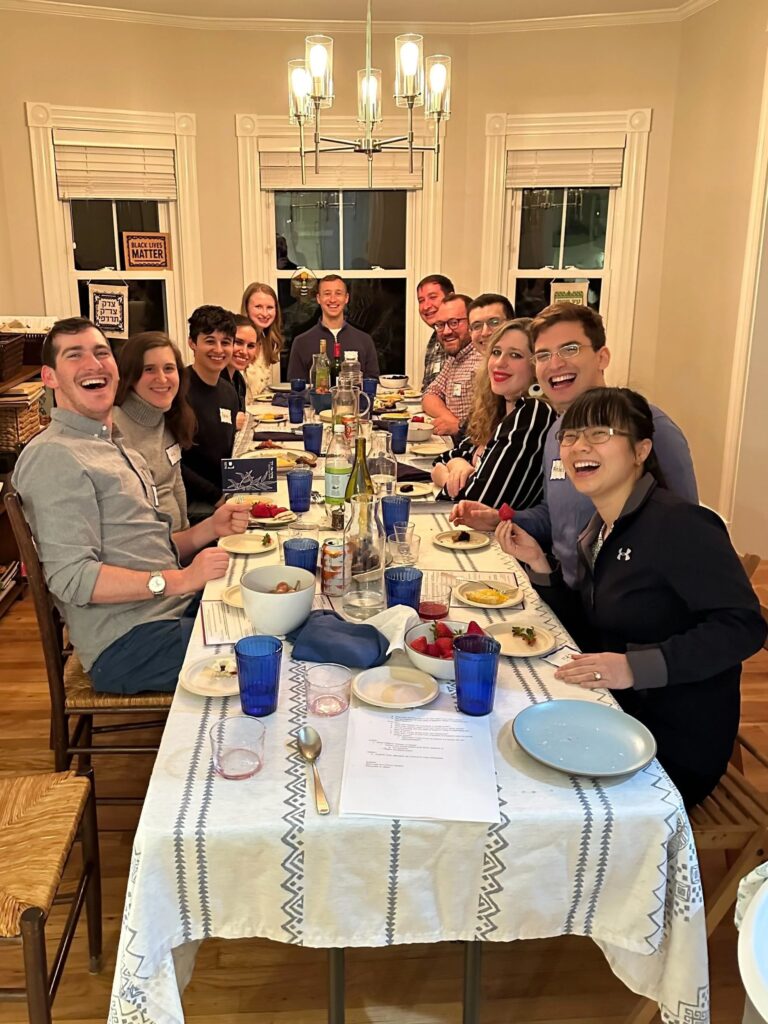
Grant #2: Purchase Passover Judaica to Make This Passover Uniquely Yours
Many Jewish holidays, including Passover, incorporate different ritual items that you can use each year and eventually pass down to future generations. If you’d like to purchase your own Passover Judaica (Jewish cultural objects or religious items, often used for ritual purposes), HMI will reimburse up to $36 towards this new item that brings meaning to your holiday and home.
Here are a few ideas:
Seder Plate: The seder plate is like a Passover cheat sheet — each item tells a piece of the story, helping us connect to the history, meaning, and flavors of the holiday in a hands-on way. While you don’t need a dedicated seder plate to celebrate Passover, we at HMI want to support you in creating your own experience by helping with the purchase of your first seder plate. No matter what your seder plate looks like, it’s a powerful way to bring meaning to your Passover table.
Looking for inspiration? Here’s a round-up of several beautiful and unique seder plates in lots of different styles. ModernTribe also has loads of options as well!

A Cup in Honor of Elijah or Miriam: At many seder tables, a cup of wine or grape juice is set aside to welcome the prophet Elijah known as “Elijah’s Cup.” The prophet Elijah represents our hope for a future of shared liberation for all. In more recent years, some families have adopted a parallel ritual to Elijah’s Cup called “Miriam’s Cup,” which is filled with water and set on the table near Elijah’s Cup. Miriam’s cup is meant to remind us of the important role that women played in our exodus from bondage and in our shared journey towards a brighter future.
If this ritual speaks to you, see some beautiful cup options at Judaica Web Store or the Jewish Museum Shop.
Feeling crafty? You can also create or paint your own unique cup(s)!
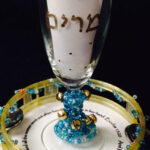
RESOURCES
Seder Table Cheat Sheet
We’ve put together a seder Cheat Sheet designed to help you feel confident attending or hosting. The word seder in Hebrew means “order.” A seder is a structured, home-based ritual that combines education, food, singing, and storytelling, all in a particular order. Designed to engage all ages, seders are held on the first and often second night of Passover. Around the world, Seders include different items and rituals that reflect the diversity of Jewish cultures.

Seder Table: While every seder is unique, here are a few classic ritual items you’ll find.
1. Matzah (Unleavened Bread)
Matzah represents the Israelites’ unleavened bread as they fled from Egypt. We stack three pieces on a special plate; break the afikomen, or middle piece, in half and hide the larger piece to be found later.
2. Elijah’s Cup
The prophet Elijah is said to bring a time of redemption. We open the door to “welcome” this spirit of hope. Save a cup of wine or juice for Elijah!
3. Wine or Grape Juice
Four cups per person, each marking a transition in the seder.
4. Pillow/Cushion
We sit comfortably and recline using a cushion or pillow to remind us that we are now free.
5. Seder Plate
Each symbolic food tells a different part of the Passover story.

Seder Plate: Each symbolic food tells a different part of the Passover story.
1. Zaroa/Shank Bone
Symbolic of the spring sacrifice of a young lamb, many substitute with a chicken bone or a red beet.
2. Maror/Bitter Herbs
Many use horseradish to represent the bitterness of slavery, but fresh radish, spicy peppers, or wasabi are options.
3.Karpas/Parsley
We dip parsley in salt water to remember the sting of tears from oppression.
4. Beytza/Roasted Egg
A spring symbol representing the renewal of life, it marks the birth of Israelites as a free people.
5. Chazeret/Bitter Greens
Romaine lettuce, endives, or chicory are used as a second symbol of bitterness.
6. Charoset/Fruit & Nut Mix
Derived from the Hebrew word for clay, Charoset represents the mortar used by the Israelites in their enslavement.
An HMI Guide to Curating Your Own Passover Experience:
Traditional seder’s not your style? We’ve put together this resource to help you think through what aspects of the holiday mean the most to you and how you want to integrate them into your own unique Passover experience. No previous Passover experience required!
-
We’ve taken the traditional seder components and highlighted seven core actions along with ideas for how to incorporate them into your experience. Click here to see these seven core actions.
-
Select the core actions you’d like to focus on.
-
Use our downloadable PDF to make notes on how you’d like to fulfill each action.
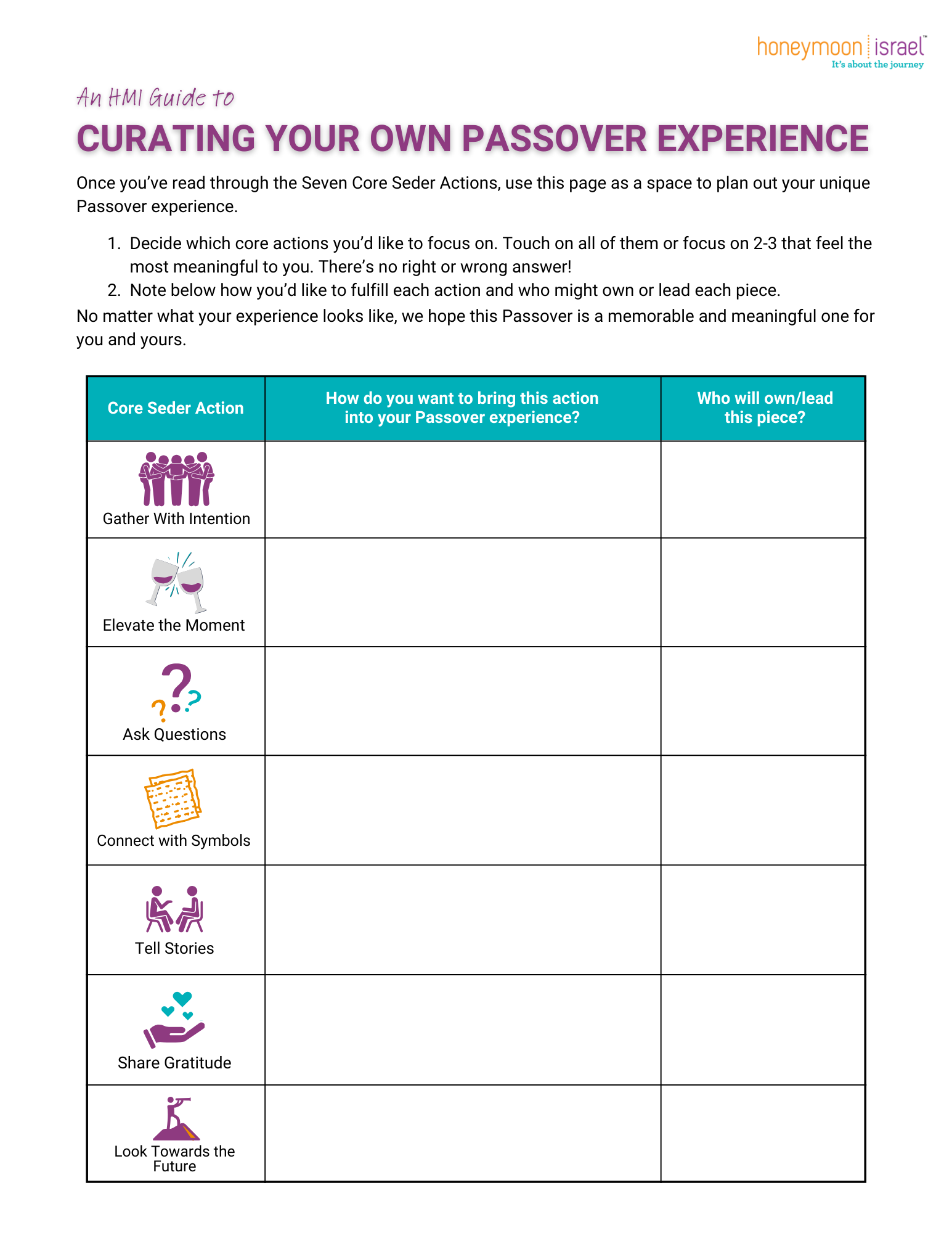
Haggadot Options
The Hebrew word Haggadah means “telling,” an apt name for the book that tells the Passover story. There are hundreds of different Haggadot (plural of Haggadah), and while they all follow the same order, there are many ways to tell the same story and just as many points of view.
These downloadable options will provide the guidance you need to host or attend a seder that reflects your own unique relationship with Judaism.
Approachable
The Jewbelong Haggadah includes fun and digestible explanations for each piece of the full seder. It also has lots of songs to modern tunes!
Kid Friendly
The PJ Library Haggadah includes all the core elements of a seder, shortened and explained for all ages to participate.
A Modern Twist
With great discussion questions, and even a dance break, the #Friendseder Haggadah is (a short and sweet) one to check out.
Social Justice Themed
The HIAS Haggadah frames the Passover story through the lens of modern-day refugee struggles.
PASSOVER INSPO
Seder’s not your style? Check out these reimagined Passover celebrations that you can easily plan with your HMI fam. No previous Passover experience required.
Host a 10 Plagues party! In the Passover story, the Egyptian people suffered through 10 plagues before Pharaoh let the Jews go free. Experience Passover with all of your senses this year with these ideas to make edible versions of the 10 plagues. Or get creative with some 10 plague finger puppets – great for telling the Passover story to kids, or even for decorating your seder table! You can even host a party with your HMI friends (either for a seder or any other night of Passover) and encourage everyone to come dressed up as their favorite plague.

Add New Symbolic Items to Your Seder Plate
A seder plate is more than just a (beautiful!) ritual object — it’s a reflection of the values and stories we bring to the table. Many people today include modern additions to reflect values like inclusivity and justice. These additions include:
- An orange representing inclusion of marginalized voices, particularly women and LGBTQ folks
- A potato honoring Ethiopian Jews and their journey
- An avocado pit symbolizing climate awareness
The Four Glasses of Wine
We’ve got the perfect alternative Passover celebration that incorporates Passover storytelling and rituals with intimate conversational prompts. This easy Passover mini-seder helps you host your HMI crew in style.
Find Your New Favorite Charoset Recipe
Consider hosting a “Charoset Around the World” tasting! Charoset is a mixture of fruits, nuts, and spices that represents the mortar and clay the enslaved Israelites were forced to use in Egypt. Judaism has never looked (or tasted!) just one way, and exploring charoset recipes from around the world is a delicious and fun way to honor and explore this diversity that is so inherent to our shared Jewish tradition.
Invite guests to try different charoset recipes and share their own adaptations – here are some recipes from around the world to get you started. Who knows? You might start a new favorite Passover tradition for you and your crew to look forward to – an “Annual Friends-roset Showdown,” anyone? Think of this as a totally and completely made-up marriage of charoset and a “Friendsgiving” meal.
REFLECTIONS
Passover Reflections from HMI Educators
Our team asked some of our most beloved rabbis, educators, and tour guides to share reflections on how they’re relating to the Passover story at this time in the world.
We invite you to read through these reflections and engage with them by discussing your own thoughts and experiences, and answering the accompanying questions with your partner, your family, or your HMI friends.
Deeper Questions
As we remember the plagues in the Passover story, consider reflecting: What plagues our world today? From sickness and loneliness to war and loss, we think about those who are suffering and how we can bring more kindness and healing to our world.
Remembering the Hostages in Gaza
As we gather around our seder tables this year, the absence of those still waiting for their own exodus to freedom – such as the hostages still held captive in Gaza – remind us that our celebration of freedom is not yet complete. Consider leaving an empty chair at your seder table, a powerful visual reminder of those who cannot celebrate with their families this year, or take a moment when breaking the afikomen, middle matzah, to acknowledge how our collective heart remains broken until all are returned home or are able to live in freedom and with dignity and justice. Just as the broken afikomen symbolizes brokenness and future redemption, this year we hold both the anguish of separation and the unwavering hope for reunion and redemption.



